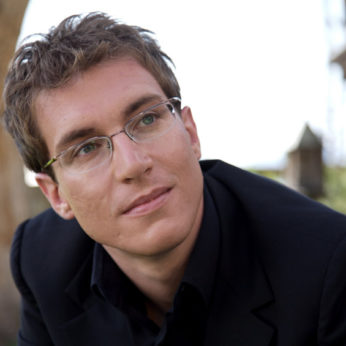Composer: Béla Bartók (b. 1881 - d. 1945)
Performance date: 26/06/2011
Venue: St. Brendan’s Church
Composition Year: 1928
Duration: 00:11:35
Recording Engineer: Anton Timoney, RTÉ lyric fm
Instrumentation: vn, pf
Instrumentation Category:Duo
Artists:
Gilles Vonsattell -
[piano]
Tai Murray -
[violin]

Copyright © 2025 West Cork Music. All rights reserved.
Designed and developed by Matrix Internet